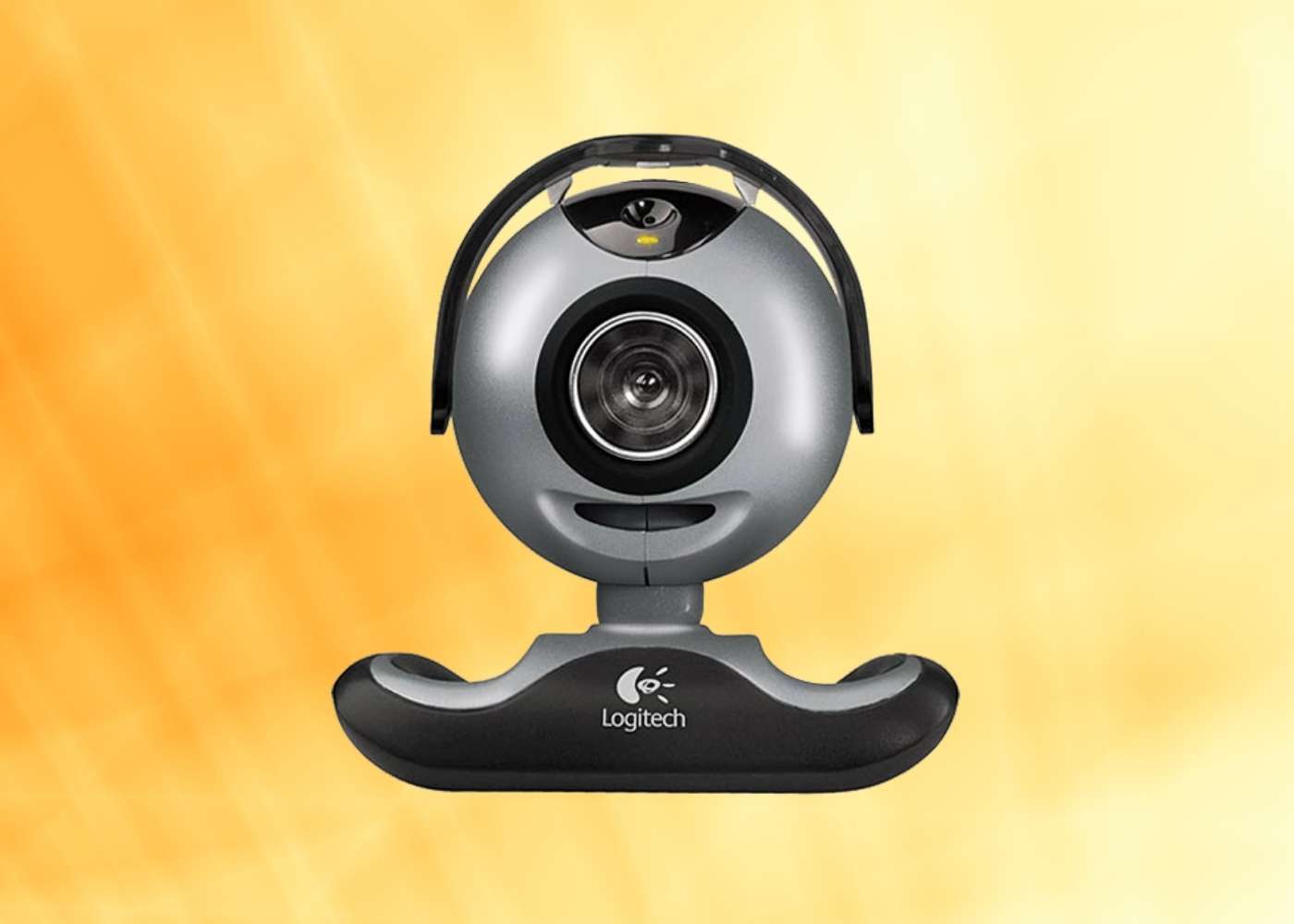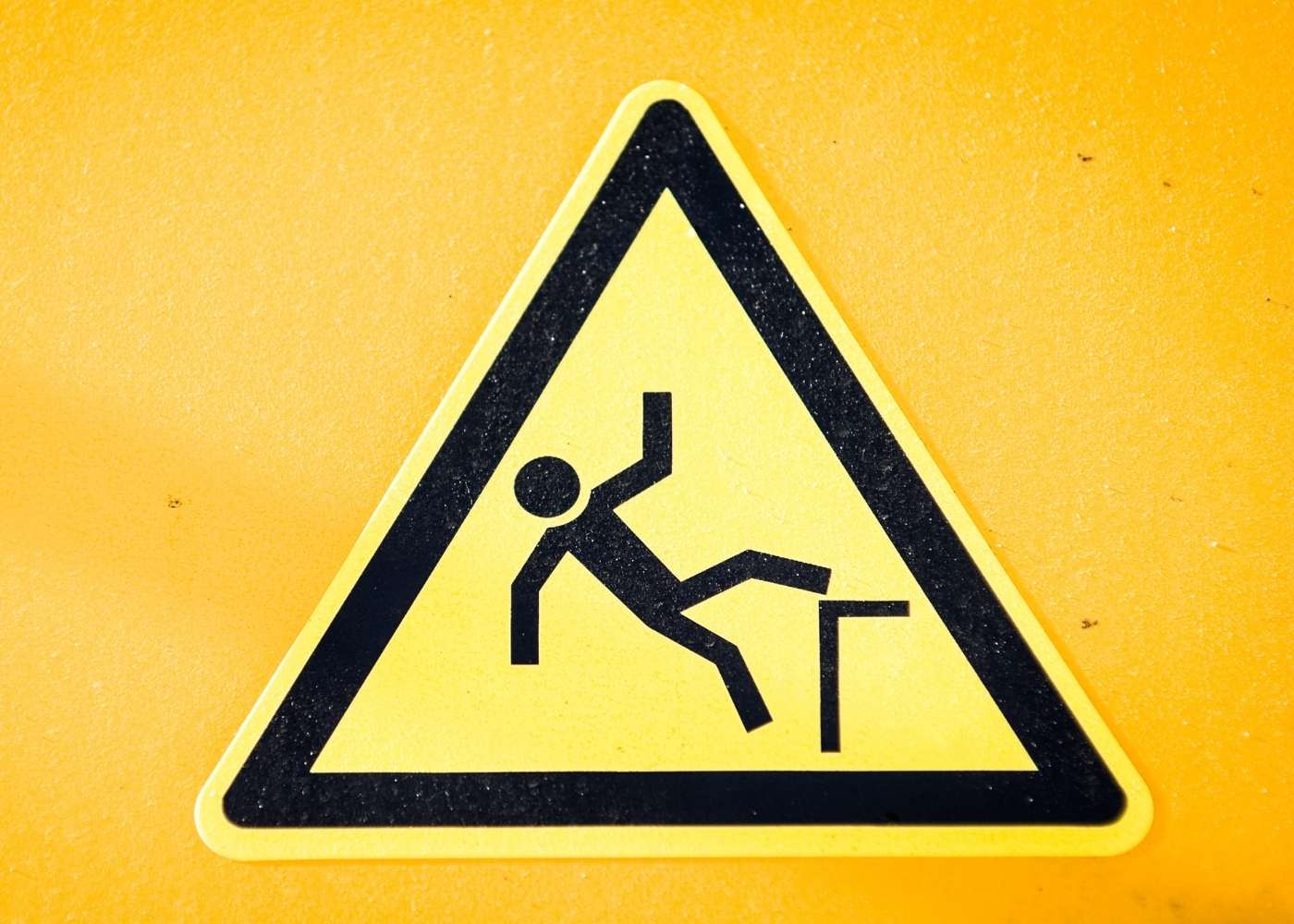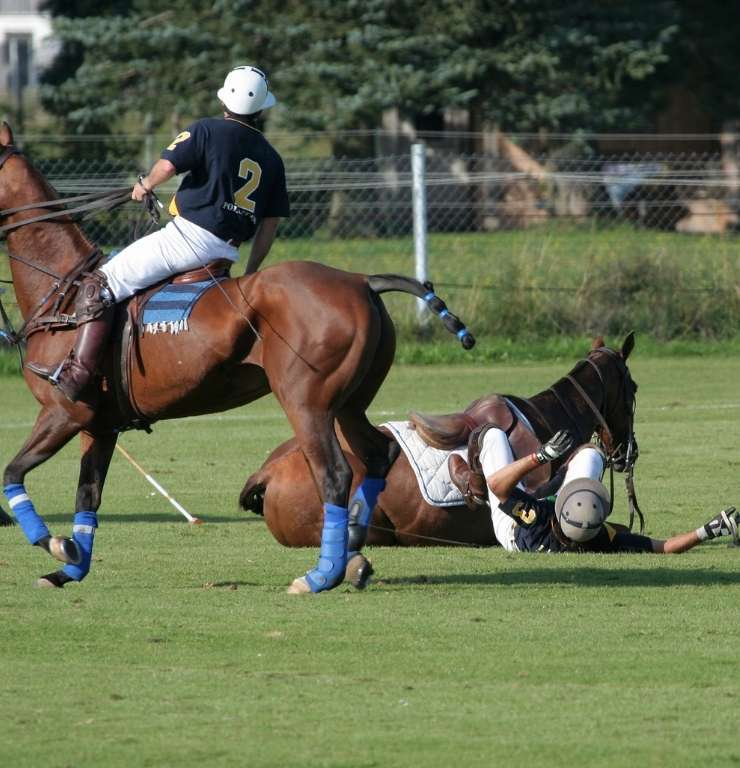
Five Confidence Boosts
Last month I presented a workshop to Millennials, and got the chance to ask them what qualities they most wanted for themselves, when speaking in public. They all said “I want to feel confident.” Many of them labeled themselves as “introverts” and I finally had to ask why so many of them were doing so. That’s when they told me about the book Quiet, and where this trend comes from. So I made a note of it, and just finished the book. Here’s what I think:
My heart goes out to the many souls who find themselves expected to be “on” when they’d rather blend in. With ubiquitous recording devices (we were right-Big Brother is watching!) it can be unnerving to try to intuit how to simply “be.” To feel free of self-consciousness is a gift everyone deserves to have. It makes life much easier, not to mention much more pleasant.
Confidence can be created, nurtured and grown. I know this from personal experience, as well as professional observation. There are many tips for this, and here are my top five for today:

1) Speak well of yourself, to yourself. “Self-talk” is incredibly influential on our mood and energies. Negative inner thoughts will play out, as will positive ones. The key is to tune in to them and pay attention. Sometimes it can be way too easy to jump on a train wreck of mental images of what we don’t want to happen. The law of attraction doesn’t care what images and ideas we have…so if we can’t protect ourselves from toxic thoughts, no one else can. Be kind and supportive to yourself, first.
2) Give yourself enough time to arrive on time. Feeling rushed is a confidence killer; it throws you off your game and puts you in a reactive mode, instead of proactive. The control you’ll experience each time you arrive somewhere on time (or early) will help stabilize your inner energy and feed your sense of self.


3) Stand up straight, pull your shoulders back. Too much screen time has given many of us a hunch in our posture. When we stand up and unfurl ourselves, we open up the rib cage and give our lungs more room to breathe. Deep, diaphragmatic breaths are an effective way to ground the whole body and feel calm.
4) Unplug yourself before going to events. It’s better to begin to gather a sense of yourself, physically and mentally, well before you arrive at the door of your next event. Too often, we use the final minutes just before a meeting or a networking event to cram in one more email or text. Real time requires your attention and presence, where the online tasks can often wait. Give yourself the best support you can, so you’ll be able to make the most of your face time with people.


5) Eat whole foods that keep your blood-sugar even. It might not seem related, but how well-nourished we are or are not plays a big part in how we feel and how we come across. If we haven’t eaten well, we might get light-headed, lethargic and dull-feeling. That energy will send a certain message, that can only get in the way of feeling steady and stable. And always drink plenty of water to stay hydrated.

One Common Mistake to Avoid When On Camera
A quick word on background when shooting a video: open bookshelves are a popular place for people to position themselves in front of, but I advise my clients against it.

Books & photos have a very “talky” energy to them, so while you might be focusing on your message, your audience can’t help but notice what’s going on behind you. That means your background is pulling focus away from you and onto itself.
A better choice is to place yourself in front of a simple setting that is uncomplicated and almost zen-like. A well-placed prop can go far…a healthy plant or beautiful object…candles, floral decoration, or a backdrop that you customize for your shoots. The goal is to make it easy for your audience to watch and listen to your every word, and not to try to make out the titles on your bookshelf.


Taken a Tumble Lately? Webinar Disaster Update.
Taken a tumble in life lately? Did it hurt or scare you? Most important, what did you do after you fell? How did you process the experience, and what did you learn? Did the pain ease, or is it still there?
When I confronted my techno-phobia a few weeks ago, and managed to scare myself even more than I’d ever thought possible (I was sweating gum drops!) I was able to get through it, calm down and keep my wits about me. However, it took a hefty chunk out of my central nervous system. I hadn’t really conquered my fear, merely confronted it.

All equestrians know that if you fall off your horse, you get up and re-mount immediately. If you don’t, the fear of falling can take hold and grow, and by the way, it hurts. With this in mind, I scheduled another webinar for the following week. It had to be done quickly, before I had too much time to think about it.
Webinars are a breed apart, when it comes to the many different ways to communicate our business messages. I’ve worked across all platforms and to host webinars or conduct online courses, and do them well, takes a combination of skill sets that humbles me. So I practiced a lot, and got familiar with the control panel for Go-to-Webinar; I wanted to fly solo for this one.
You know what? It was just fine…smooth execution, relaxed focus and able to be both “in the zone” but also have an eye on the panel that showed questions, raised hands, how much time I had left etc. I had control now, where I’d felt out of control before, and it was as exhilarating as it was empowering.
Moral of the story: “Don’t let your fears make you foolish.”

I Had a Panic Attack Before My Webinar on Stage Fright…Here’s How I Survived.
Oh, the irony! I decided to confront my fear of tech issues by hosting a webinar on public speaking, including how to be interesting and managing stage fright. I know that fear holds a lot of us back-in different ways of course, but it’s always getting in the way and never really helps a situation.
My wing man was in place, to help me manage the tech end. The platform was Go-To-Webinar, and I made sure to get in and do some rehearsals on my own, before a 4 pm start. That’s when I got myself into trouble. I started clicking things within G-T-W, and somehow locked myself out of my account, at 3:55pm.
So you know what I did? I panicked. I couldn’t think, or read the prompts on the screen, or even breathe. The very thing I’d been afraid of was happening and I was helpless. My wing man emailed me, saying he was locked out. My mentor called on the phone, to ask what was going on. All I could do was email back, “I am dying.”

Because that’s what it felt like. The wave of anxiety was…huge! When I finally got in, it was 4:09. My voice was shaking, and so were my hands, but I was in. I hit the record button and let everyone know the truth…that I was agitated and uncomfortable. Then I followed my own advice, by getting my breathing under control. Slowed it down, settled deeper into my chair, and regained control of my wits. Because I’d prepared the presentation, I was able to more or less follow my prep, with a few detours.
When it ended, I heard from some people right away, saying nice things. I couldn’t believe them until I watched playback (nerve-wracking) but it turns out that most of my nerves really don’t come across, which is what I’m always telling my speakers. The internal experience of stage nerves is always much more acute than what the audience perceives.
My husband wanted me to edit out my first few minutes of the webinar, because he thinks it makes me seem weak. I completely disagreed, and posted it on YouTube, precisely so people can see that we ALL have our moments that challenge and scare us. Just go with them, don’t fight, and keep breathing. You’ll be just fine.

Stage Fright.
“You manage your emotions or your emotions will manage you.” Basketball coach John Wooden
“You manage your stage fright or your stage fright will manage you.” Public Speaking coach Katie Karlovitz
There’s nothing worse than the terror of being in front of an audience and feeling helpless and out of control. Stress tests have clinically shown that the fear of going on stage equals the fear of going into battle, which explains the “fight or flight” response that so often kicks in before giving a speech. It’s time to confront this head on, because too many good people are being silent when they should be speaking up.

The first thing to understand is that this fear is a type of energy…nothing more or less. Einstein said “All is energy” and he was right. Unfortunately, many people are obsessing over the very thing they wish to avoid, which is a holy terror at being under the spotlight. But the law of attraction dictates that public speaking hell is exactly where they’re heading because that’s where their thoughts lead them.
So the challenge lies in handling the strong physical, mental, and emotional components that are acting on us; by harnessing the energy of fear we can re-direct it and point it squarely at what we want to happen, in this case, giving a confident delivery. Here are the antidotes to the toxic forces in play:
- Physical- the first, best defense is to get your breath under control. Once you do that, the rest of the body has no choice but to follow along. When we’re scared, our breathing becomes shallow, short and gulping for air. By slowing it down, we are able to manage it. Drop down into deep breaths from the diaphragm, inhaling on a slow count of five, holding that breath for five, and then releasing on a slow, controlled count of five. Repeat until you feel grounded and calm.
- Limit your caffeine on days that you’ll be presenting-you don’t need it on top of the adrenaline you’ll be releasing into your bloodstream. Same with sugar…you don’t want anything to be spiking your levels.
- Your mental game needs to be strong-this isn’t the time to allow stray thoughts in, because they can too easily be negative or judgmental and this will only get in your way. Stay firmly focused on your message, whatever it is that you believe is imperative to tell your audience. You can’t tell them everything you know, so make every point matter, stay in the moment and don’t get ahead of yourself.
- Emotional support is another key to handling yourself. Create a mantra that perfectly captures the results you’re aiming for. “I am cool, collected and confident.” “My message and my integrity are clear.” Try assuming an avatar that embodies the qualities you admire…it’s role play and can be effective and fun, too.
Coach Wooden got such spectacular results from his players because he knew how to focus their energies. He never emphasized game results, rather just playing to the best of each person’s ability. He made sure they were well-prepared, so they wouldn’t have to over-think things once on the basketball court.
This is the strategy I use when coaching people, and it works. Place your energy on your preparation, and the nerves will be put in their proper perspective and almost take care of themselves.

Using Speaker Slides for a Smashing Success.
The first step to creating a riveting slide deck for a PowerPoint presentation is to step away from the computer! Instead, go for a walk, a swim, a yoga class-anything that will let your brain come out to play.
- Get clear on what you want to say, and always remember, “It’s not about you, it’s about your message.” (that’s my quote and I spout it endlessly because it’s true).
- Determine how you can best express the message verbally.
- Decide which visuals will complement the verbal.
Audiences can most easily remember pictures and stories, so use a photo, or diagram or drawing to illustrate the story…i.e. one financial analyst I coached told a story about visiting a microchip factory in Ireland, so I had him include a few pictures from his trip…much more interesting than graphs and charts.

- NEVER read the slides to the audience. This is the single biggest mistake I see. You are only competing with yourself for their attention when you do this. Instead, when a slide with bullet points comes up, give them 3-4 seconds of silence so they can read them. Then, pick up the conversation from there.
- Slides should never be busy-it defeats the purpose. Less is more, and more is less.
- Bulleted points should not exceed 3-5 per slide; just make another slide if you have more.
Font and background colors should contrast well and be easy on the eyes; you can use your color palette to set a mood- i.e. using a light green background for a presentation on environmental health.
When slides are used the right way, the presentation will soar. One client just gave a talk with slides about her 5 day wilderness training as a way to mend her heartache over her divorce. The story alone is remarkable, but with pictures it was a smash hit and two people in the audience immediately invited her to be guest speaker at their events. It doesn’t get better than that!
